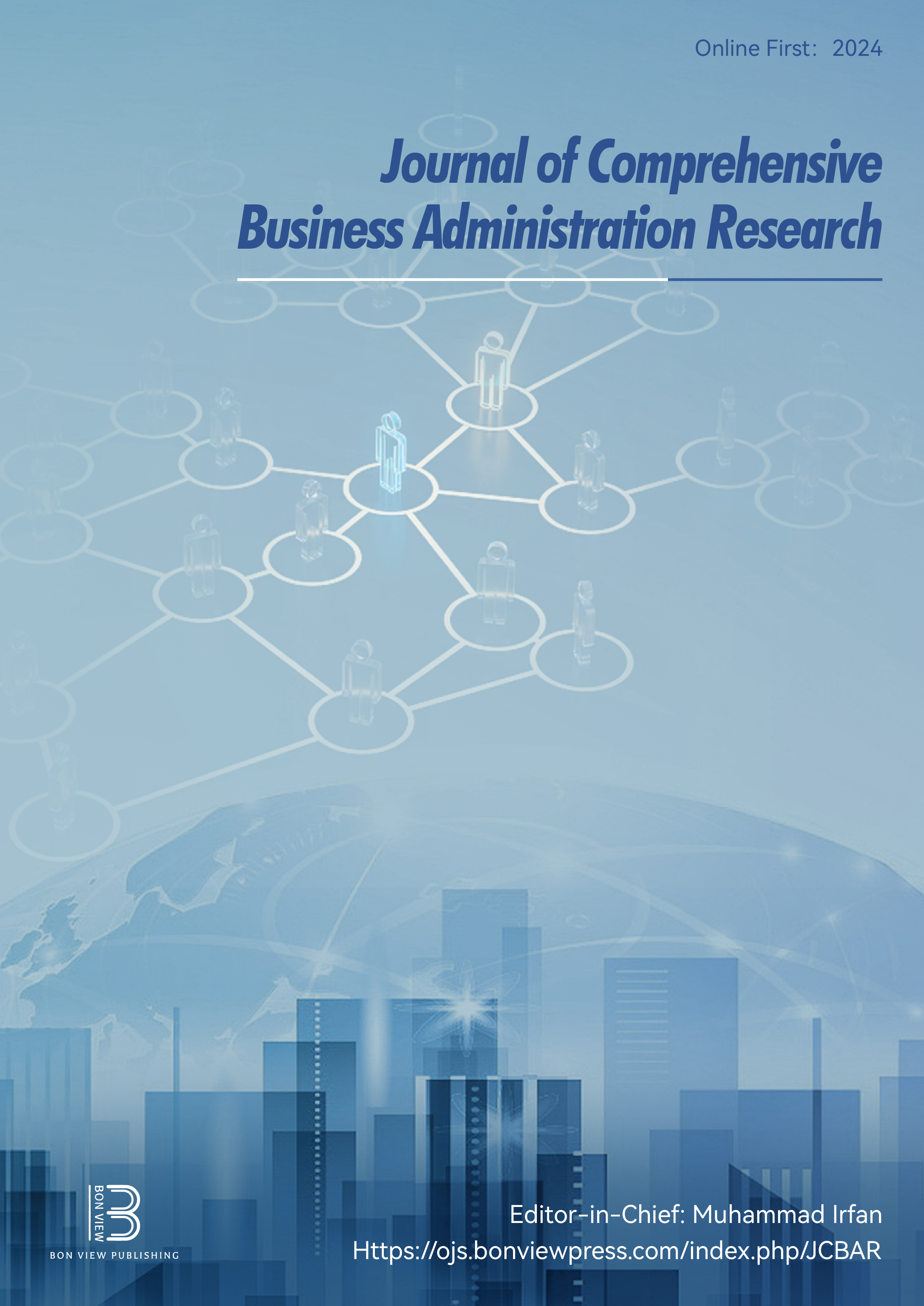A Comprehensive Mathematical Ming Tang Model for Evaluating Shopping Mall Entrances with Case Studies
DOI:
https://doi.org/10.47852/bonviewJCBAR52024706Keywords:
shopping mall, ming tang, mathematical model, feng shuiAbstract
The main entrance and its associated pavement area, which is called ming tang in the traditional Chinese architectural theory, that is, feng shui, of a shopping mall, could affect the attraction of customers, but quantitative assessment methods for evaluating a ming tang remain nonexistent. This paper’s main contribution is to present a novel approach to combine traditional feng shui principles with a mathematical model for more quantitative evaluation on the design of a shopping mall’s ming tang. The paper first studies modern theories related to ming tang and then adopts traditional feng shui principles to identify three main criteria for evaluating shopping mall entrances. The use of a novel and comprehensive mathematical model for assessing ming tang is demonstrated by five shopping malls in southern China with data collected from online maps, business reports, and rankings. The criteria of distance ratio, angle, and relative size are considered feasible for the assessment of ming tangs in the aspect of customer attraction. The model presented may shed light on further study of the feng shui theory and the impact of ming tang design on business performance when more commercial data is available.
Received: 1 November 2024 | Revised:19 February 2025 | Accepted: 23 June 2025
Conflicts of Interest
The authors declare that they have no conflicts of interest to this work.
Data Availability Statement
In this paper, most of the data or results were derived from the models (Table 3), and all Figures 1–4 were created by the authors. For the others, only publicly available data were used. Below is the detailed statement. For Table 2, the 2023 shopping malls’ sales income ranking in Guangzhou, the data are openly available on the 91ruanzhu website at https://www.91ruanzhu.com/news/20776.html.
The number of permanent residents (Table 4) is openly available in Win Data at http://www.winshangdata.com. For Figures 8–12, the maps were openly available on the Baidu Maps website (in Chinese) at https://map.baidu.com. The measurements on the maps were created by the authors.
Author Contribution Statement
Yucheng Zhang: Conceptualization, Validation, Formal analysis, Investigation, Resources, Data curation, Writing – original draft, Project administration. Albert So: Conceptualization, Methodology, Validation, Formal analysis, Investigation, Resources, Data curation, Visualization, Supervision. Xin Janet Ge: Conceptualization, Resources, Writing – review & editing, Supervision, Project administration.
Downloads
Published
Issue
Section
License
Copyright (c) 2025 Authors

This work is licensed under a Creative Commons Attribution 4.0 International License.


